Last Chance to Catch NYC's Holiday Notalgia Train
We met the voices of the NYC subway on our nostalgia ride this weekend!


When the Mexican artist Frida Kahlo died in 1954, her husband, the acclaimed artist Diego Rivera, instructed that their belongings be shut away in the Casa Azul (“Blue House”), the home where Kahlo grew up and spent most of her life. It wasn’t until 2004 that these items were unearthed and brought back out to the public. The collection now on display at the museum includes a wide array of jewelry, both contemporary and Mesoamerican, several corsets and prosthetics painted by Kahlo herself, cosmetics, letters and a large assortment of her iconic Tehuana clothing. Now, New Yorkers can see a sizable part of this collection right here in Brooklyn.
The Brooklyn Museum’s Frida Kahlo: Appearances Can Be Deceiving is the largest U.S. exhibition dedicated to the feminist artist in a decade, showcasing a large collection of her personal items, taken from her home the Casa Azul in Mexico City and never before seen in the United States, and her art.
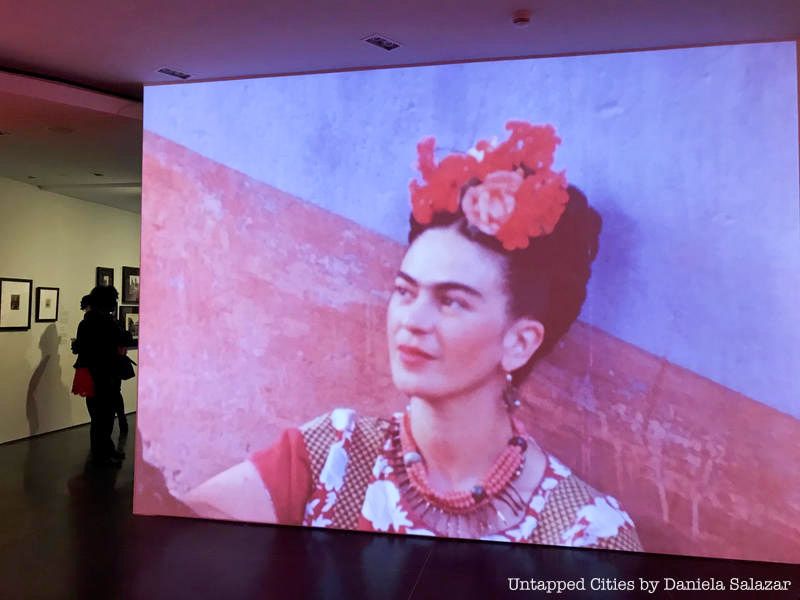
The exhibition is thematically divided into ten sections, spread across three rooms and one short hallway. The sections, titled “Art and Revolution,” “Picturing Mexico,” “Disability and Creativity” and so forth, contain the exhibition’s over 300 objects, including eleven paintings (renowned works such as Self-Portrait as a Tehuana, Diego on My Mind), twenty-two clothing ensembles and more than 150 photographs. The ensembles, many of which Kahlo bought from indigenous vendors in Mexico City, are in the last section of the exhibition, “Art and Dress,” and are lined up on either side of the final room in show-stopping fashion.
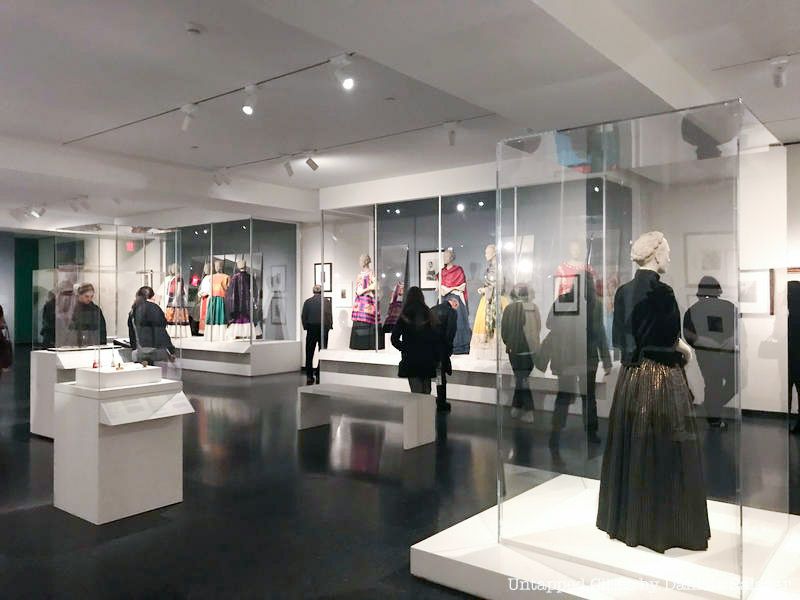
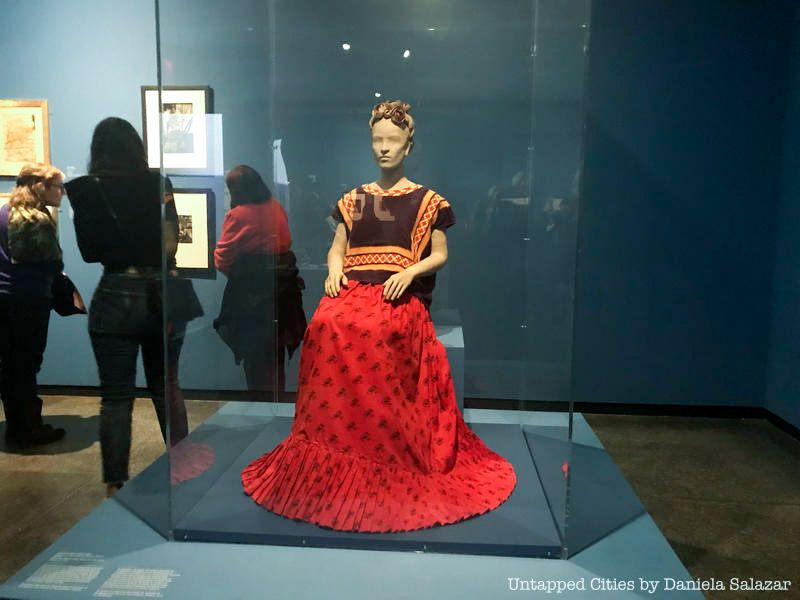
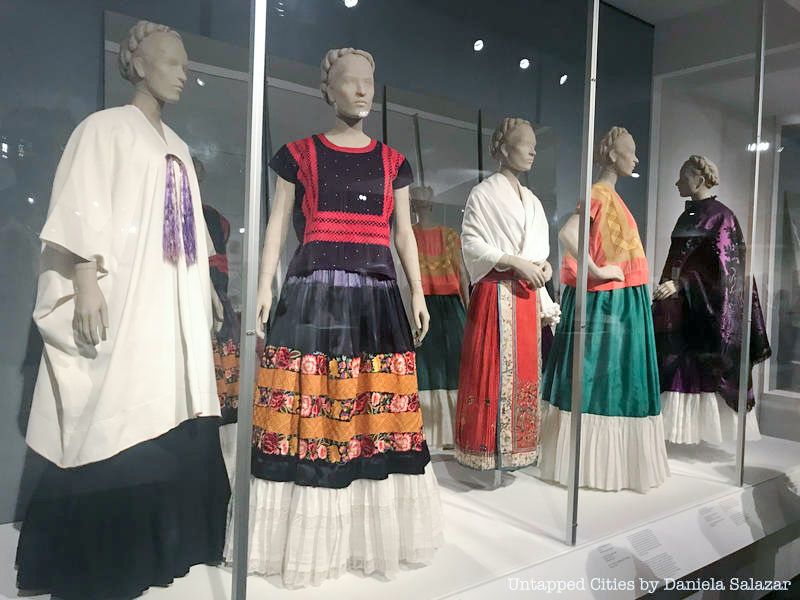
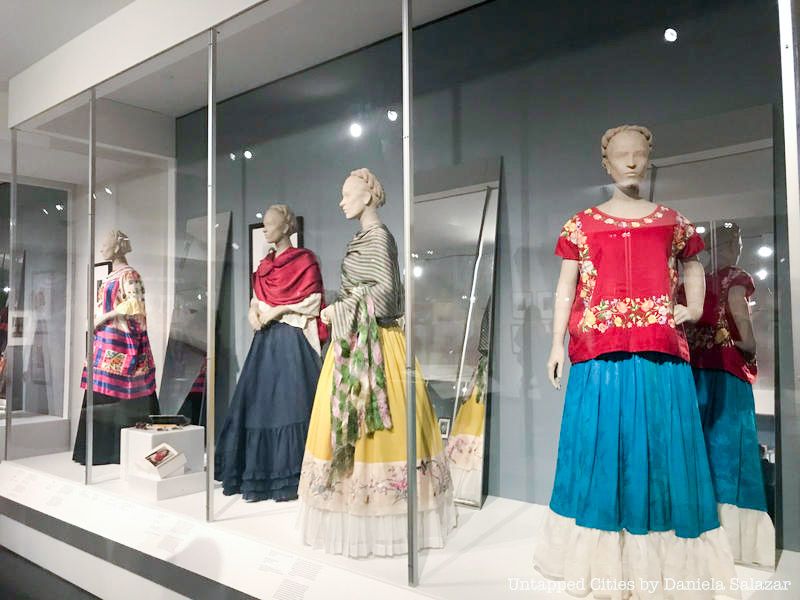
Throughout the exhibition, interwoven with Kahlo’s belongings and artwork, are objects from the Brooklyn Museum’s very own collection, including an assortment of Mesoamerican art, both old and recent.
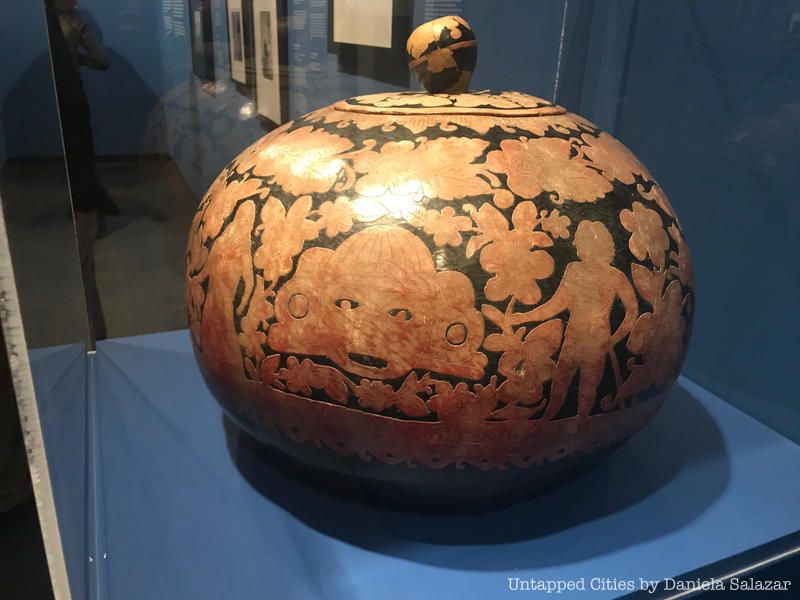
The first section, “Roots,” begins Frida Kahlo’s life story with one of her own quotes: “I am a mixture.” Daughter to the German-Hungarian photographer Guillermo Kahlo (born Carl Wilhelm Kahlo) and Matilde Calderón y González, a half-Spanish, half-indigenous Mexican woman, Magdalena Carmen Frida Kahlo y Calderón was born on July 6, 1907 in the village of Coyoacán, just outside of Mexico City. Her dedication to her home country, her politics and to deconstructing gender all came together in the self-image she carefully cultivated for herself. The way Kahlo presented herself was as much a political, social and cultural statement as it was a work of art.
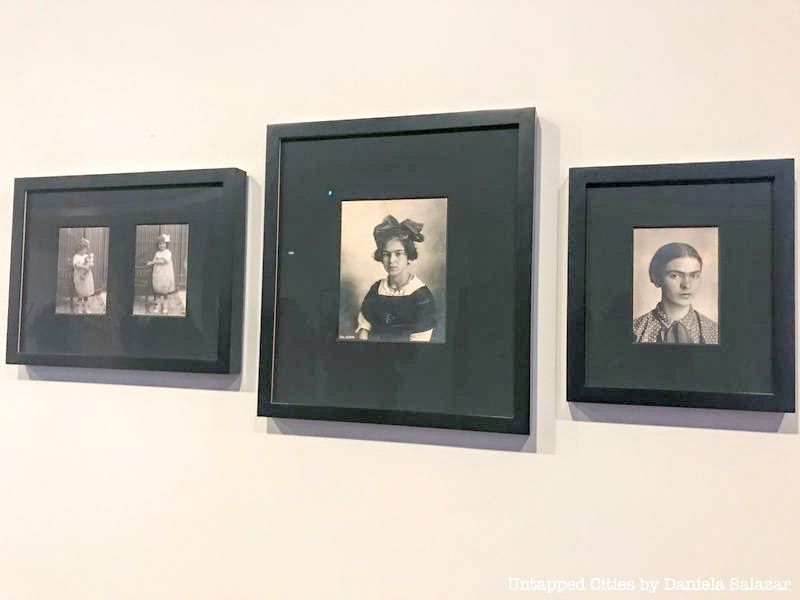
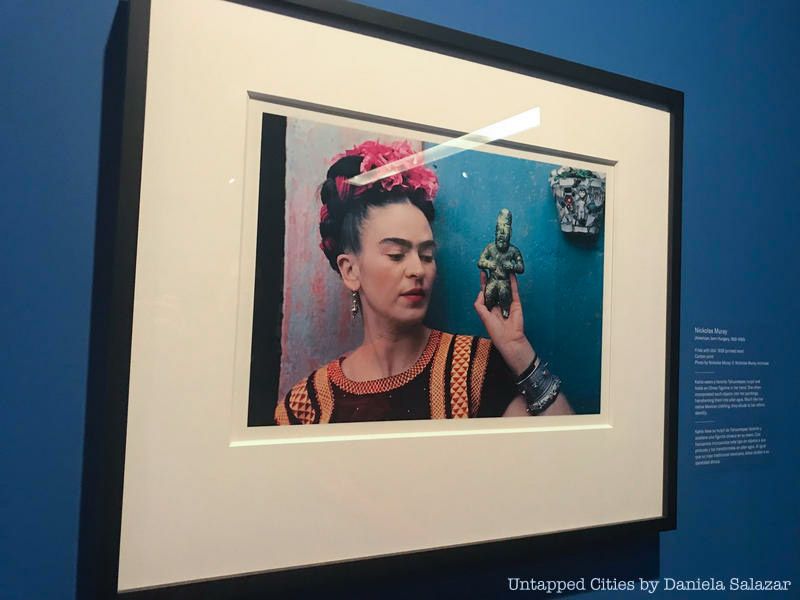
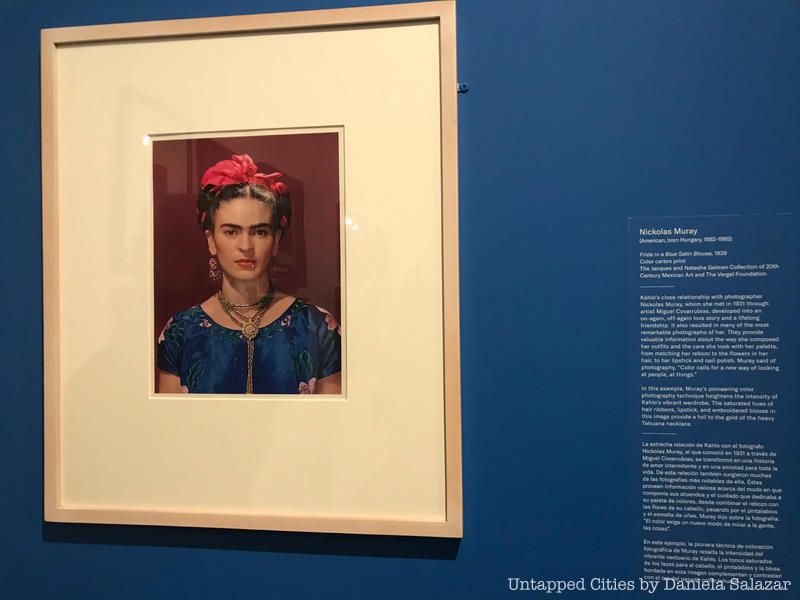
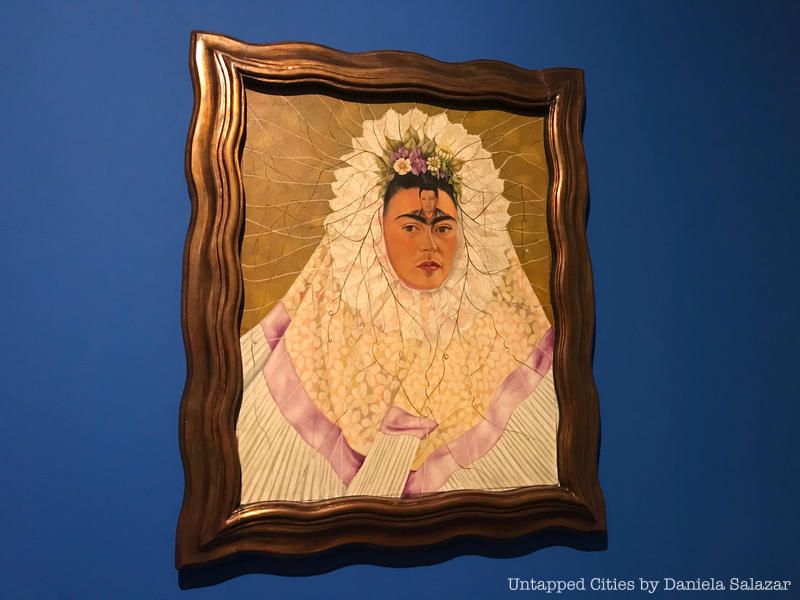
Appearances Can Be Deceiving not only reveals the several influences behind Kahlo’s self-representation and clothing, but also how this fits into her life-long and complicated relationship with disability. Her left leg already affected by a childhood case of polio, Frida Kahlo got into a bus accident at the age of nineteen which left her with a severely damaged spine and many other long-term injuries. The long skirts and loose blouses traditional to Tehuana fashion, a culture Kahlo loved for its beauty and matriarchal society, worked not only as a way to show off her cultural heritage but also as way to accommodate and cover her physical impairments.
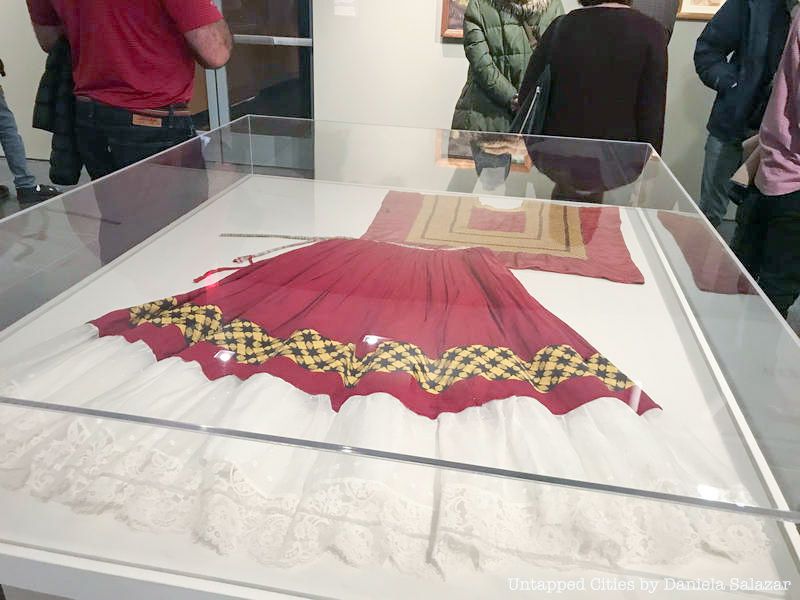
The section “Disability and Creativity” displays several of Kahlo’s plaster corsets, all of them beautifully painted by the artist herself and many adorned with the communist symbol of a red hammer and sickle. Kahlo also incorporates her disability into many of her self-portraits, frequently depicting her spine as a crumbling column, like in the sketch the exhibition’s title is based off of. The column shows both fragility and decay, as well as a strength that stands for millennia.
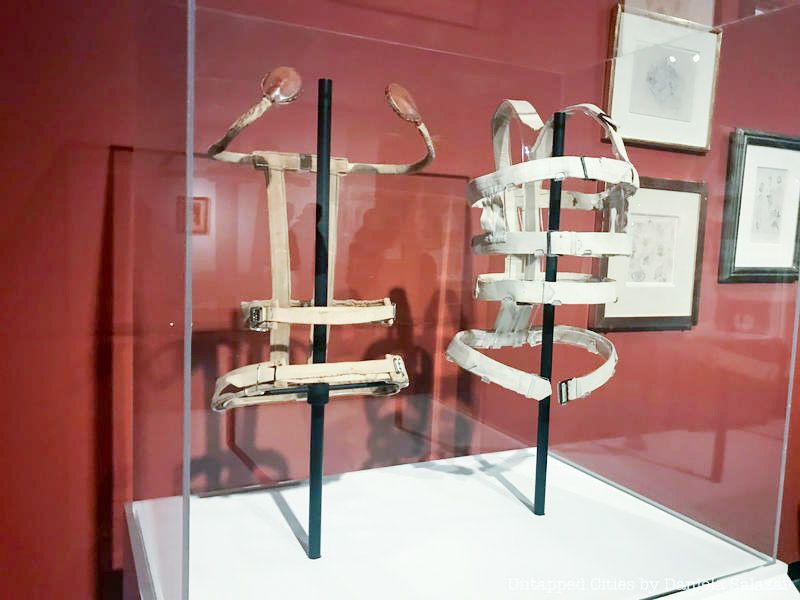
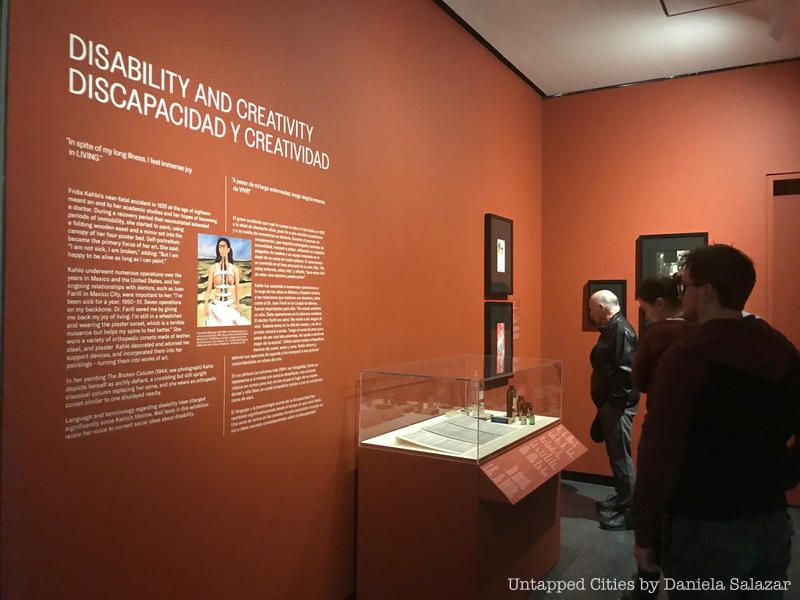
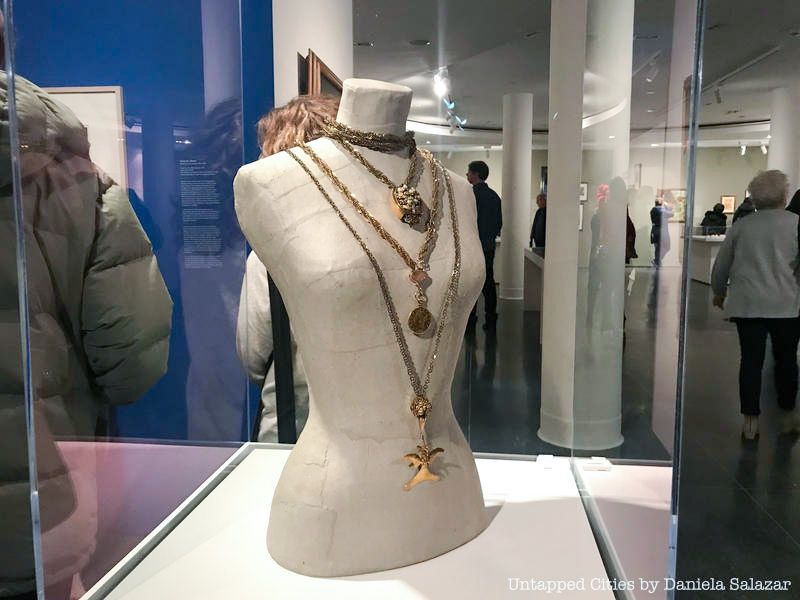
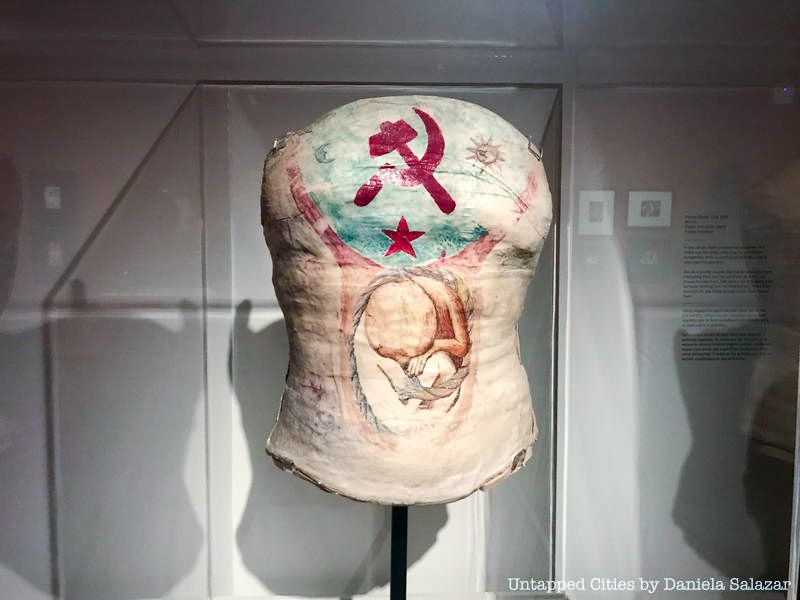
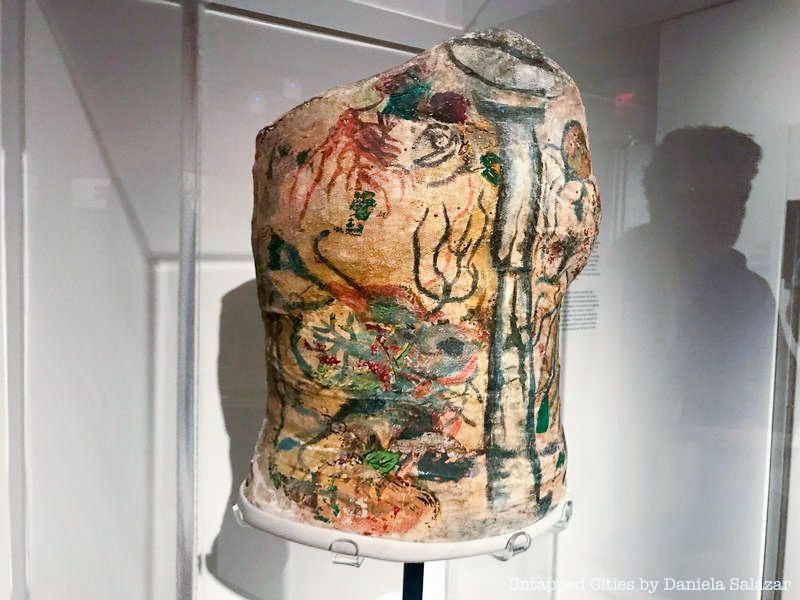
The Brooklyn Museum also has its own section, the “New York Exhibition,” which explores Kahlo’s experiences and opinions on the United States (which she called “Gringolandia”) and on New York City. Kahlo’s first and only gallery show in the New York City happened in 1938, arranged by surrealist poet André Breton, and it was crucial in launching her international career as an artist.
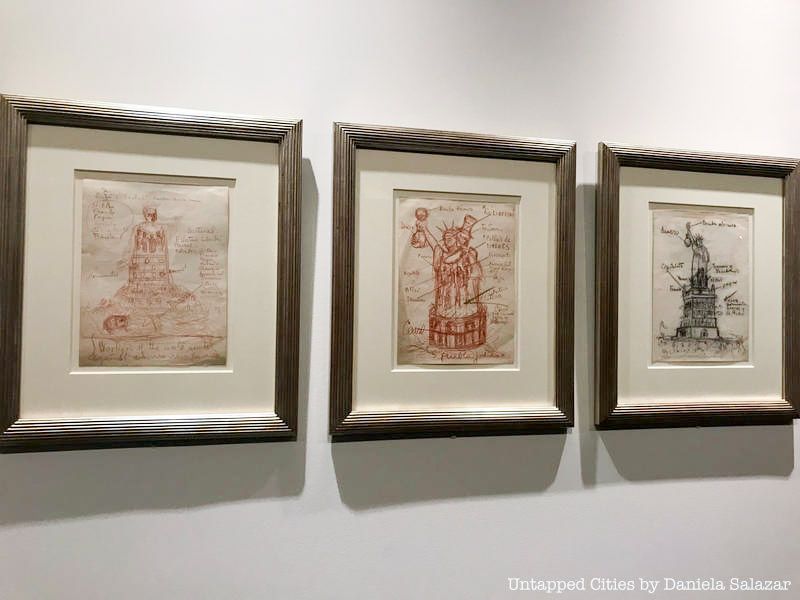
Along with the objects on display are several video recordings of Kahlo, including footage of her and Rivera painting his Industrial Mural in Detroit, Michigan and recordings of her and Rivera in the Casa Azul. There are also many historical films on the country of Mexico, including the 1940s Mexican tourist department’s film on Tehuantepec.
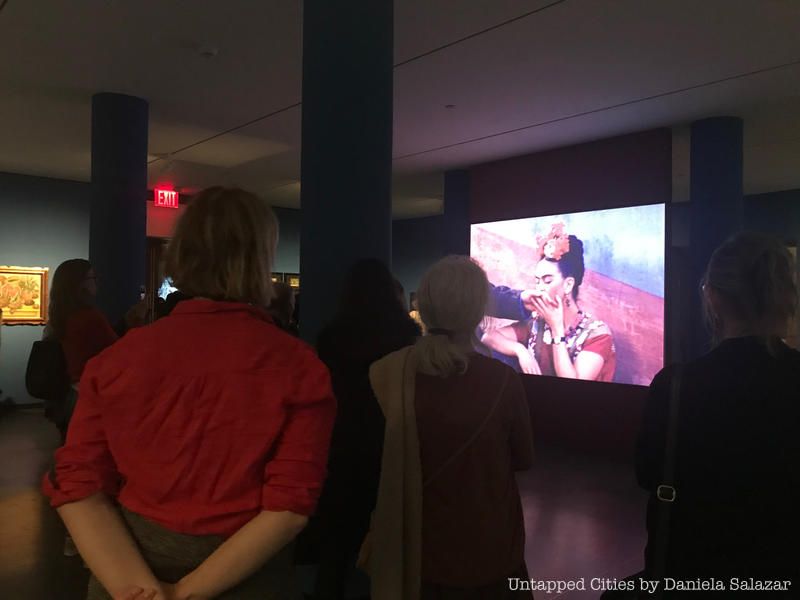
In conjunction with the exhibition, the Brooklyn Museum will have a large selection of programs, experiences (such as the ASK Brooklyn Museum mobile app scavenger hunt), educational events and even a Kahlo-inspired dining program with the Great Performances Hospitality Group, the museum’s exclusive food service partner. The museum also has a Frida Kahlo shop, selling items sourced and commissioned by Mexican vendors, artisans and artists.
Frida Kahlo: Appearances Can Be Deceiving is based on exhibitions at the Frida Kahlo Museum (2012), curated by Circe Henestrosa; and the V&A London (2018), curated by Claire Wilcox and Circe Henestrosa, with Gannit Ankori as curatorial advisor. Their continued participation has been essential to presenting the Brooklyn exhibition, which is organized by Catherine Morris, Sackler Senior Curator for the Elizabeth A. Sackler Center for Feminist Art, and Lisa Small, Senior Curator, European Art, Brooklyn Museum, in collaboration with the Banco de México Diego Rivera and Frida Kahlo Museums Trust, and The Jacques and Natasha Gelman Collection of 20th Century Mexican Art and The Vergel Foundation.
Next, check out 15 Must-Visit Spots in Crown Heights.
Subscribe to our newsletter